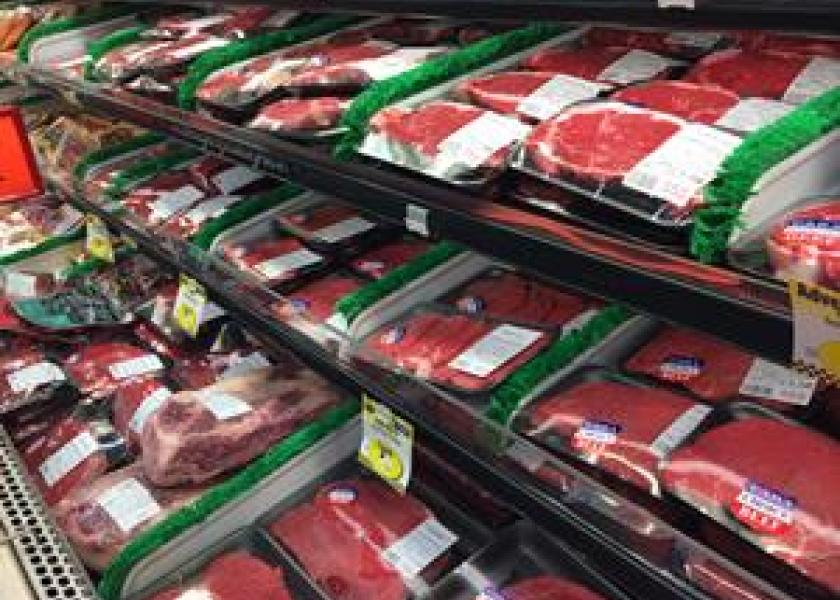Consumer Education On and Off the Farm

By: Mary Dunckel, Michigan State University Extension
With 98 percent of the population removed from modern agriculture, connecting to consumers is critically important. Survey data from the Michigan State University Extension Breakfast on the Farm program shows that farmers are respected as being trustworthy sources of information. Here are some practical ideas for farmers who want to help educate consumers in their communities:
Farm tours or other on-farm events
Opening your doors for farm tours, ice cream socials with neighbors and legislator visits provides visitors with a first-hand look at modern agriculture. Education in a transparent format provides the public an opportunity to see what happens on the farm, ask questions and develop trust in farmers and the food produced. These tours and events can form lasting bonds between farmers and consumers.
School visits
Offer to read a book about farming or take a little bit of the farm to the school. A piece of equipment, calf, lamb or small animal will grab the students’ attention and give you the perfect opportunity to share your farming story. There may be a wooden cow in your community that can be borrowed and taken to school along with samples of milk, cheese, ice cream or yogurt.
Library displays
Books, audio tapes, DVDs and even works of art at local libraries can be used to help consumers of all ages understand more about agriculture. Helping your local library incorporate these into displays will create interest in learning more about agriculture. March is the perfect time to do this as National Agriculture Day is right around the corner on March 25.
Fairs, farmers markets
County fairs and farmers markets attract large audiences and many of the visitors attend with hopes of learning more about agriculture. At the fair, they want to get close to the animals; see the carrots, corn and cabbage vying for blue ribbons and climb aboard a tractor. At the market, they want to meet farmers and purchase locally grown and raised food. Consider talking to your local fair board or market master about providing a display of the commodities produced in the area, setting up "A taste of Agriculture" activity that is complete with food samples or offering to do agriculture related activities with the kids, such as making butter.
Service club presentations
Many service clubs incorporate educational presentations during their club meetings. When invited, take advantage of the opportunity to share your passion for farming. You can keep the presentation simple and short. Begin by introducing yourself and completing the statement: "I farm because_______. A panel discussion with farmers representing a variety of commodities can also be very impactful. Whatever the approach, it is important to encourage questions from the audience.
In-store education
Point of purchase education is a great way to meet and talk to consumers. Whether it is in the dairy department, the meat case or in the produce section, consumers have questions about the food choices available. So why not ask your local grocery store or supermarket if you can spend time in the store interacting with consumers and answering their questions? Grab the shopper’s attention with a display, food sample or by wearing a name tag that says "Ask me, I’m a farmer".
Welcome conversations wherever you are
Whether you are at the gas station, in the dentist’s chair or at the post office welcome conversations and always be ready to answer questions about farming. To build consumer trust in the food system, it is important for farmers to stay informed, actively listen, invite and embrace dialogue.







